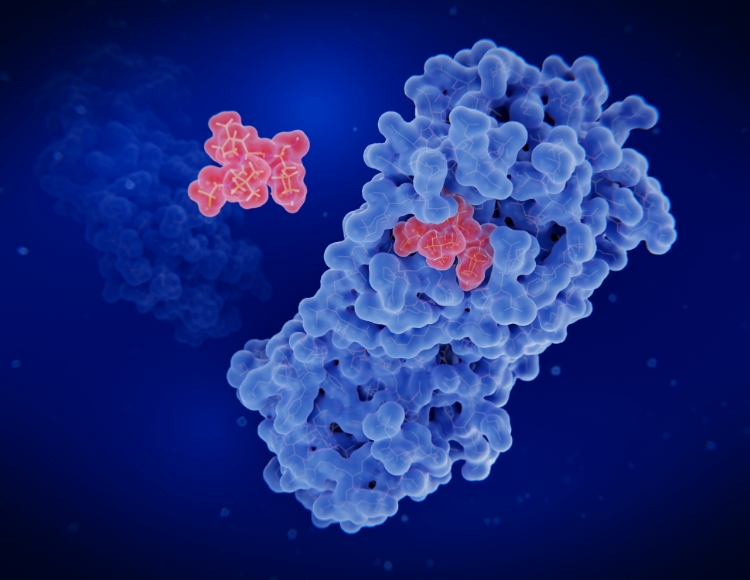Targeted Protein Degradation(TPD)

Limitation of Current TPD Modalities
1) Molecular Gule : 분자량이 작아 약물성이 좋으나 특정 타켓을 지정하여 디자인할 수 없음. 프로테아좀만을 사용할 수 있어 응집단백질이나 막단백질을 표적하기 어려움
2) PROTAC : E3 ligase 결합물질과 표적 단백질 결합물질을 링커를 이용해 연결한 형태로 분자량이 커지며 약물성이 떨어지는 한계가 나타남. 특정 E3 ligase 1종만을 사용하기 때문에 표적할 수 있는 단백질에 한계가 있으며 내성 유발 가능성이 높음. 프로테아좀만을 사용할 수 있어 응집단백질이나 막단백질을 표적하기 어려움
While first generation TPD approaches have exhibited potential, they have also revealed challenges owing to narrow range of protein-degrading mechanisms. They use a single type of E3 ubiquitin ligase for proteasomal degradation, and are not fully effective against protein aggregates and membrane proteins. Also, there may be potential caveats associated with the use of E3 ubiquitin ligase in an exclusive manner, such as drug resistance and disturbed protein homeostasis
Targeted Protein Degradation (TPD) Technology

사람의 질환은 약 3,000여 개의 단백질로 인해 발생하는 것으로 알려져 있음. 기존 약물은 병인 단백질의 특정 부위에 결합하여 그 단백질의 기능을 억제함으로써 약효를 나타냄. TPD(표적 단백질 분해) 기술은 기존 약물과는 다른 방식으로, 표적 단백질을 프로테아좀으로 보내 병인 단백질을 제거함으로써 약효를 나타내는 기술임. 본 기술을 적용할 경우 기존 방식으로는 접근이 어려웠던 '약물 개발이 불가능한 표적(undruggable target)'에 대한 약물개발이 가능함
TPD (Targeted Protein Degradation) technology has emerged as a novel therapeutic modality that harnesses intracellular proteosomal and lysosomal protein degradation pathways for selective elimination of pathological proteins. This approach enables the modulation of proteins that have been difficult to target with conventional small-molecule drugs.
TPD technology enables the drugging of targets that were previously considered undruggable.